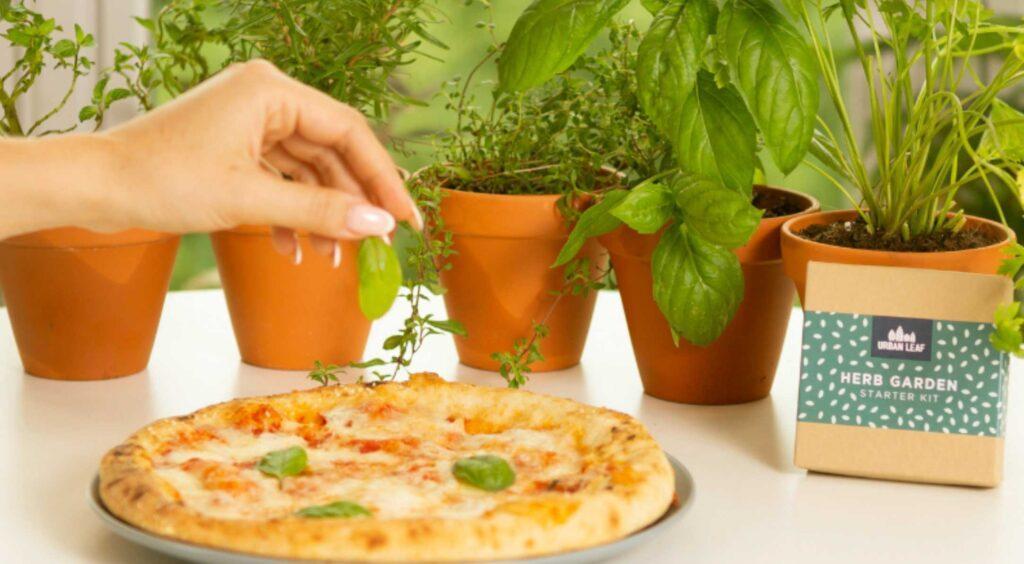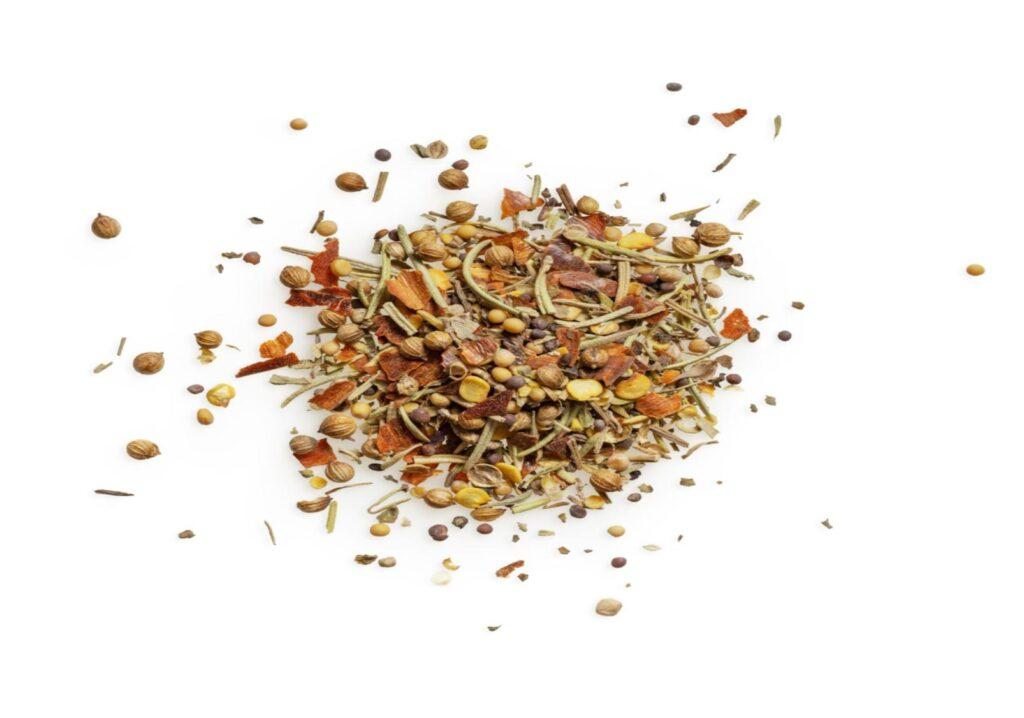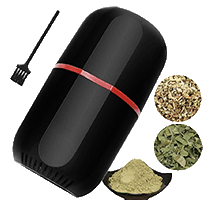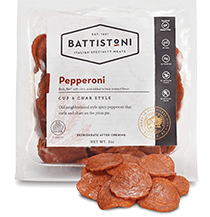Herbs and spices make foods better, and pizza is no exception. Learn about the best spices for pizza to intensify your homemade pizza experience.
Table of Contents

Dry Herbs vs. Fresh Herbs
When you are making spice blends and cooking with herbs, it’s important to know the difference between dry herbs and fresh herbs so you can make the most of their unique flavors.
Dried herbs have a stronger flavor than fresh herbs, so a little goes a long way. You can use less and still have plenty of flavor. The rule of thumb for dried herbs is 1 to 3. For example, if the recipe specifies three teaspoons of fresh oregano, use one teaspoon of dried.
Since dried herbs have less oil, you should rub them in your hands before adding them to dishes. As a general rule, add dried herbs to foods during the cooking phase. And add fresh herbs after the food is done cooking. Otherwise, you risk losing the integrity of the fresh herbs.
As a general rule, you should never substitute dry herbs for fresh herbs. Some herbs like basil, parsley, and dill actually change flavor when they are dried. Parsley loses its fresh smell and flavor, making it pretty useless.
In the case of basil, when it’s dried, it tastes mint-y instead of like fresh basil. Of course, sometimes, it’s better to use dry. For example, dried oregano has a stronger, more intense flavor.
For homemade pizza, stick with dried oregano and use fresh basil after the pizza comes out of the oven.
Essential Spices for Pizza
- Oregano is the quintessential pizza spice. It comes from the mint family and has a minty earthy smell. It works on any pizza but goes especially well with pepperoni and spinach. It’s a staple in Italian cooking.
- Basil is a distant cousin to oregano. Basil has a sweeter flavor and works well in sauces. When using basil as a pizza topping, it should always be fresh.
Fun fact: In Mexico, basil is used by shamans in spiritual cleanings. It’s a different type of basil called Mexican or cinnamon basil and has smaller leaves than Italian basil. The branches are tied together and made into a paddle to smack the person who is having the spiritual cleansing.

- Garlic has a strong smell and a savory taste. It works well on any type of pizza. Roasted garlic has a softer flavor and a buttery texture. Raw and roasted are both great for keeping vampires away.
- Fennel seeds are little seeds from the fennel plant. They are commonly used in Italian sausage and spice blends.
- Rosemary has a strong smell and woody stem. It’s mostly used with potatoes, chicken, and steak. It’s not uncommon to find it in pizza spice blends, but it has a strong, almost overpowering flavor on its own.
- Crushed red pepper comes from cayenne pepper. It looks different than other spices because it is crushed and not ground. It resembled little seeds or flakes. You can find it in most pizzerias. It gives the pizza a bit of spice.
These are all common spices for pizza. They blend well with pizza and complement the sauce and cheesy goodness. Premixed commercial spice blends are sold everywhere, or you can make your own.
How to Make Your Own Pizza Spice Blend
If you want to try your hand at making your own combination of spices for pizza,
Try these three pizza seasonings recipes and see which one is your favorite. The three all have the basics, but there are some differences that change the flavor. Spices like fennel, red pepper, and rosemary, while common on pizza, are more about personal preference.

When making a spice blend, simply put the spices together in a bowl, and stir. If you prefer a finer powder-like blend, use a spice grinder to get that texture. A coffee grinder will also work, but you will need to clean it completely when switching between coffee and herbs. I prefer to have one that’s just for coffee and one for herbs and spices. A mortal and pestle work too.
Spice Blend #1
This is a basic pizza spice blend that uses fennel seeds and fairly regular spices for pizza.
- 2 tbsp basil
- 4 tbsp oregano
- 1 tbsp dried onion flakes
- 1 tbsp garlic powder
- 1 tbsp fennel
- 1 tbsp thyme
- 1 tbsp paprika
- 1 tbsp black pepper coarsely ground
Spice Blend #2
This blend replaces the fennel with rosemary and adds heat with the addition of red pepper flakes.
- 1 1/2 tbsp oregano
- 1 tbsp dried basil
- 1 tsp dried rosemary
- 1 1/2 tbsp dried onion flakes
- 1/4 tsp dried thyme
- 1/4 tsp garlic powder
- 1/2 tsp sea salt
- 1/2 tsp crushed red pepper flakes
Spice Blend #3
This blend doesn’t use fennel or rosemary, but it does keep the heat with red pepper flakes. And, it adds some more depth and texture with the addition of parmesan powder.
- 1 1/4 tsp basil
- 1 tsp oregano
- 1 tsp garlic powder
- 1/2 tsp parsley
- 1/2 tsp red pepper flakes
- 1/4 tsp salt
- 1/2 c parmesan powder
How to Store Spices for Pizza
Always store spices in an airtight container. Spices and spice blends will generally last around a year. Contrary to popular belief, spices can go bad. When they go bad, they go bland. It’s not like when yogurt goes bad and can make you sick. Spices will just lose their color and flavor. Sometimes they will even have a dusty smell and taste.
If you are making a spice blend like number three with parmesan, you’ll want to store that in an airtight container in the refrigerator. And be mindful of the date on the parmesan bottle to ensure it is fresh.
Creative Ways to Use Pizza Spice Blends
- Add to the outer crust for extra flavor.
- Add to the pizza dough for a seasoned pie.
- Sprinkle on salads to add a kick of spice.
- Sprinkle on pasta or breadsticks.
- Use in authentic Italian giardiniera
- Add to soups like minestrone.
What are your favorite ways to use pizza spice blends?













